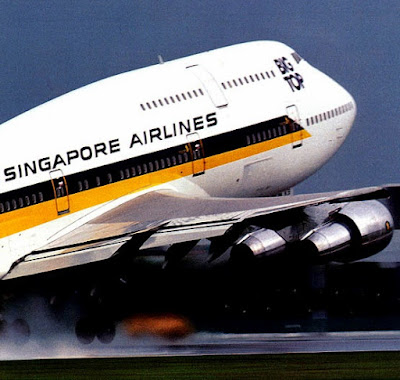
* * * * * Getting back to my first visit to the States, since joining SIA, we departed Honolulu on 23rd October 1987, for San Francisco – with an en route flight time of 4:54 hours. Honolulu International (HNL) had parallel runways, Eight Left and Eight Right, for the “Heavy-Jets.” Because of the prevailing wind from the east, Runway Eight Left was used for landings, with a length of 12,300 feet, while Eight Right was used for takeoffs, having a length of 12,000 feet. Runway Eight Right at HNL was called the “Reef Runway”; for, in 1977, it was the first major runway to be constructed entirely offshore on a reef. Hence we had one hell of a long taxi - taking a bridge across a lagoon - to reach its departure end. Upon launching our 747, we were required to make a 90-degree, wild-ass right turn to our first radar vector; within two nautical miles from the end of the runway. This was for noise abatement purposes, so we wouldn’t disturb all tho



